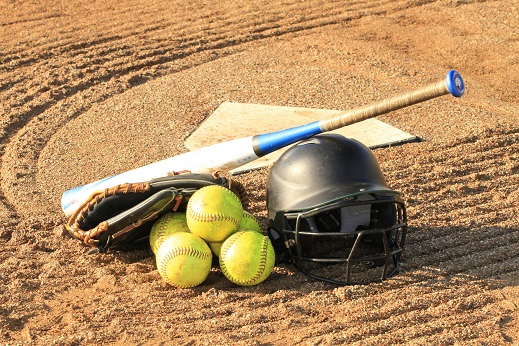Custom Bat: Elevate Your Game with Personalized Performance
Custom bats offer players a unique opportunity to enhance their performance on the field. Choosing a custom bat allows for personalized features such as weight, length, and grip that can significantly impact a player’s swing and comfort. This tailored approach not only improves batting technique but can also boost confidence during gameplay.
High-quality custom bats are designed to meet the specific needs of each player, whether they are a beginner or a seasoned professional. By understanding the materials and construction involved, players can make informed decisions that align with their style and preferences. The right custom bat can transform how a player connects with the ball.
Exploring the world of custom bats reveals various options and considerations that can elevate the game. From selecting the best material to understanding how specifications affect performance, players gain valuable insights that can lead to improved results on the field.
Custom Bat Design
Custom bat design involves carefully selecting materials, optimizing weight and balance, defining grip and handle specifications, and ensuring distinctive aesthetics. Each aspect contributes significantly to the performance and personal touch of the bat.
Materials Selection
The choice of materials is pivotal in custom bat design. Common options include maple, ash, and bamboo.
- Maple: Known for its density, it provides a harder surface and is preferred for power hitters.
- Ash: Lighter and more flexible, it offers better shock absorption, making it suitable for contact hitters.
- Bamboo: Increasingly popular due to its durability and eco-friendliness, it also provides good performance for various styles.
Moreover, some manufacturers incorporate composite materials, which can enhance performance while reducing weight. Understanding the material’s characteristics allows players to tailor their bats to their unique style.
Weight and Balance
Weight and balance significantly affect a player’s swing and control. A bat’s weight typically ranges from 24 to 32 ounces, depending on the player’s preferences.
- End-loaded bats provide more mass toward the barrel, ideal for generating power.
- Balanced bats distribute weight evenly, promoting faster swings and better control.
Players need to assess their swing type. Regular testing with varying weights can lead to a personalized recommendation, enhancing performance at the plate.
Grip and Handle Specifications
The grip and handle design of a custom bat can influence comfort and control. Considerations include:
- Grip Material: Common materials range from rubber to synthetic. A good grip can reduce vibrations and enhance comfort during play.
- Thickness: The handle thickness must align with the player’s hand size for optimal control.
- Length: Customizable handle lengths can affect swing mechanics and comfort levels.
Players can also choose tape or additional padding for added comfort. A well-designed grip can significantly impact batting performance, making this aspect essential.
Aesthetics and Personalization
Aesthetics play an important role in custom bat design. Players often want a bat that reflects their personality.
- Colors and Patterns: Manufacturers can offer various color options, allowing players to mix and match.
- Logos and Text: Engravings or decals provide a personal touch, making the bat unique.
Ensuring a personalized appearance does not compromise performance. Many players find that their confidence and comfort level improves when using a visually appealing bat. A blend of functionality and aesthetics is key to satisfying the player’s desire for a truly custom product.
Manufacturing Process
The manufacturing process of custom bats involves specialized crafting techniques and stringent quality assurance measures. Each step ensures that the final product meets both performance and durability standards.
Crafting Techniques
Crafting a custom bat typically begins with selecting high-quality wood, such as maple or ash. These materials are prized for their performance characteristics.
- Cutting: Each bat starts as a solid piece of wood. It is cut into rough shapes before moving on to the shaping process.
- Shaping: The bat is shaped on a lathe, which allows for precision in creating the desired profile, including length, barrel diameter, and taper.
- Sanding: After shaping, the bat undergoes sanding to create a smooth finish. This step is critical for both aesthetics and performance.
- Finishing: A protective finish is applied to improve durability and enhance appearance. Options may include varnish or oil.
This careful craftsmanship ensures that each bat meets the exact specifications of the player.
Quality Assurance
Quality assurance is essential in the manufacturing of custom bats. It involves several checkpoints to maintain standards.
- Material Inspection: Wood is carefully inspected for defects. Only the best pieces are selected for production.
- Dimensional Checks: After cutting and shaping, dimensions are verified against specifications to ensure accuracy.
- Performance Testing: Some manufacturers conduct swing tests to evaluate the bat’s performance and balance. Feedback from these tests can lead to adjustments in design.
- Final Inspection: The finished bat undergoes a final quality check for flaws, weight consistency, and overall quality before packaging.
These measures are crucial for delivering a product that meets the expectations of serious players.
Copper Mining Stocks: Key Opportunities and Risks in 2025
Investing in copper mining stocks presents a unique opportunity driven by increasing globa…
















